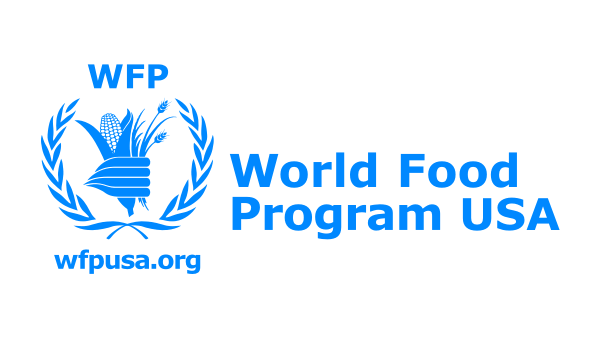Vidya Sethuraman
India Post News Service
Ethnic Media Services partnered with the United Nations World Food Program for a special briefing on the looming famine on Feb 26. Speakers discussed food insecurity in some of the hardest-hit countries in Asia, Africa, and Latin America, and how the pandemic has exacerbated existing crises. Speakers also gave an insight as to how relief efforts and local communities are attempting to circumvent the disaster.
The COVID-19 pandemic has exacerbated hunger and food insecurity around the world, with starvation rates spiking from 135 million to 270 million as the pandemic unfolds. “Famine is literally on the horizon,” says David Beasley, executive director of the United Nations World Food Program, which won the Nobel Peace Prize in 2020 for its efforts to combat hunger. The COVID-19 pandemic has placed enormous pressure on the global food supply chain as unprecedented quarantine orders and border closures have disrupted trade and created labor shortages.
Steve Taravella is the Senior Spokesperson for the UN World Food Program, works at the
World Food Program, hunger relief arm of UN. We don’t take the word ‘famine’ loosely, but with famine looming in several countries at once, we’re facing a genuine crisis. We focus on supporting governments and populations in mitigating the impact of threats including conflict, climate shocks and other disasters, and in developing sustainable livelihoods that can build self-reliance and resilience in the long term.
Now, COVID-19 is potentially catastrophic for millions who are already hanging by a thread. The number of people facing acute food insecurity stands to rise to 275 million now. Lockdowns and global economic recession have been the main factors, which have contributed to this. Due to the COVID and Conflicts in different parts of the World, WFP feeds 114 Million and this has been our highest load, said Taravella.
These 3 Cs (conflict, climate change and COVID) have pushed most of the countries to famine especially Yemen, South Sudan, Nigeria and Burkina Faso. It’s easy for you to make a lifesaving difference. $75 can provide a family with a World Food Program emergency box that contains enough food for an entire month, added Taravella.
Parul Sachdeva, Country Advisor in India for Give2Asia said that although before the epidemic, one in three people in India faced a food crisis, making it one of the countries with the largest number of people facing famine in the world.
Chronic and acute hunger was on the rise, growing from 27.8% (42.65 crore people) in 2014-16 to 31.6% in 2017-19 (48.86 crore). Causes for these include: conflict, socio-economic conditions, natural hazards, climate change and pests.
The initial lockdown prevented millions of workers from returning to work. Even after the lockdown order was lifted, some workers returned to the city, but they had very limited job opportunities. A recent survey of wageworkers revealed that almost 8 in 10 are eating less food than before the pandemic. Coupled with the impact on trade, many people have no access to food. Traders also faced trouble reaching rural communities during the peak of the harvest season, which is affecting the food supply chain and the incomes of at least 100 million people. Civic society and non-profit organizations stepped up in addition to the Government schemes and helped the needy, added Parul.
Annabel Symington, Head of Communications for the World Food Program in
Yemen discussed food insecurity in a country often described as home to the worlds largest humanitarian crisis. Yemen is WFP’s biggest humanitarian operation, supplying food assistance to nearly 13 million people — almost half the population — while another 3.3 million women and children receive nutrition support.
Nearly 2.3 million children under the age of five in Yemen are projected to suffer from acute malnutrition in 2021. Malnutrition damages a child’s physical and cognitive development. It is largely irreversible. Preventing malnutrition and addressing its devastating impact starts with good maternal health. The U.N. food agency says it needs at least $1.9 billion this year to prevent famine in Yemen, which has not been declared. People of Yemen are dying due to hunger, we need to act up. WFP provides flour, rice, pulses, oil and salt to 12 Million in Yemen.
Elio Rujano, the commissioner of the United Nations World Food Program, specifically discussed the situation in Latin America. He said that 2019 was the driest year since 1981, with severe weather. Due to these climatic conditions, agricultural workers were unable to work. In fact, 50% of Latinos do not have stable jobs, their income is greatly affected, and they cannot afford the most basic living requirements and expenses. The epidemic and extremely bad weather have severely damaged people’s lives and triggered a food crisis.
COVID-19 is a health crisis. But it could also lead to a food security crisis if proper measures are not taken. Our continued support for humanitarian programs is critical right now.







